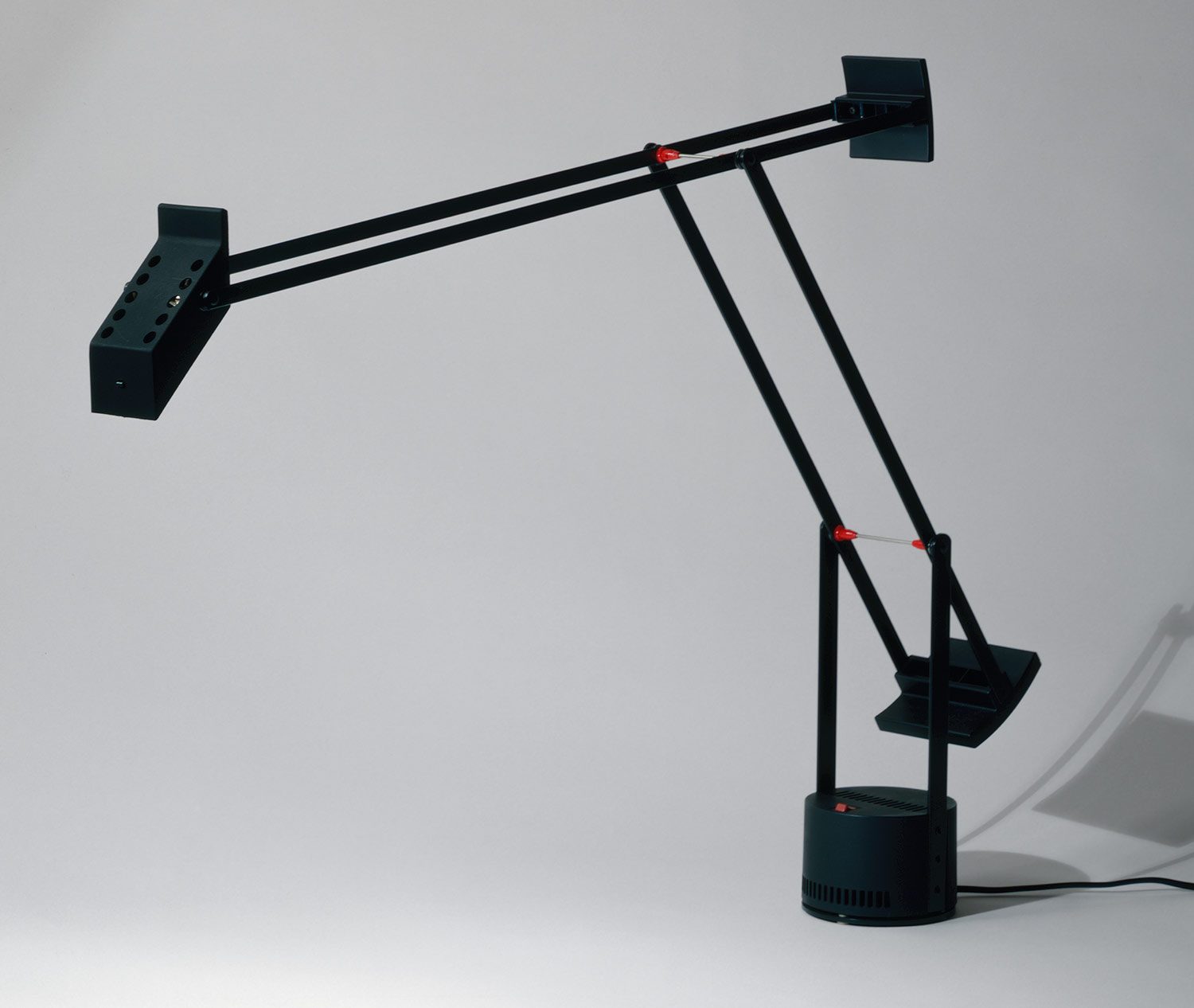The 1970s was also a decade of protest and
1970s Interiors:
- Living spaces were increased in size, despite the fact that most families were decreasing in numbers.
- Family room especially became bigger in order to be used for a multi-functioning room.
- Materials used were Lucite, glass, vinyl, leather, metal, chrome and timber. Chrome and glass created a clean, space age look. Plastic became an acceptable material for furniture. Beanbag chairs became a trend for relaxed seating.
- Fluffy shag rugs became popular and contrasted again the modern lines and materials used for furnishings.
- Kitchens were larger and functioned more efficiently with storage spaces. A dishwasher also became a necessity rather than a luxury.
- Lighting was very innovative and new design solutions included the lava lamp, arc floor lamp in chrome and large white globe lamps. Chrome and plastic were the most popular materials for lighting.
1970s Exteriors:
- Houses became influenced with the owners individuality, emphasize this notion of Post modernism.
- Swimming pools became popular and a common option for most families
- Many homes had double garages as by this stage both partners were working
- Extruded bricks, wrought iron railings and aluminum panels and insert screens fitted to all windows.
- The roofs were shallow pitched, and the 60s' fashion of a flat roof for garages, porches, or anywhere else other than the main roof, was still popular
- Concrete tiles on the roof.
- Steps were concreted and covered in pebblecrete. Homes were either brick veneer or double brick.
'Rhea' 1970s
Designed for Sanderson Fabrics
Medium to heavy weight satinised cotton.
A similar vintage 'Rhea' fabric can be purchased online through Fabulous Vintage. This particular material has been reclaimed from a pair of curtains.
The 'Wiggle' Side Chair, 1972
Frank O Gehry (American)
Part of a series of 17 pieces of furniture called "Easy edge"
East edge series/Collection
Easy Edges, Inc., New York
85 x 42.5 x 60; seat height 45.5cm
Corrugated cardboard, fiberboard, round timber
http://www.design-museum.de/en/collection/100-masterpieces/detailseiten/wiggle-side-chair-frank-o-gehry.html
“One day I saw a pile of corrugated cardboard outside of my office – the material which I prefer for building architecture models – and I began to play with it, to glue it together and to cut it into shapes with a hand saw and a pocket knife.” Gehry
http://www.design-museum.de/en/collection/100-masterpieces/detailseiten/wiggle-side-chair-frank-o-gehry.html
Cardboard furniture came on the scene during the 60s as a cheap and light alternative to traditional furniture. Gehry named this material Edge Board which consisted of glued layers of corrugated cardboard running in alternating directions, and in 1972 he introduced a series of cardboard furniture under the name "Easy Edges."
675 Maralunga. 1973
Vico Magistretti
Cassina (Manufacturer)
166 x 95 x H 72-100/45 cm
Launched in 1973
Found and purchased here.
http://www.architonic.com/pmsht/675-maralunga-cassina/1020488
Vico Magistretti
Cassina (Manufacturer)
166 x 95 x H 72-100/45 cm
Launched in 1973
Found and purchased here.
http://www.architonic.com/pmsht/675-maralunga-cassina/1020488
Tizio Table Lamp. 1972
Richard Sapper (German, born 1932)
10.2 x 76.2 x 76.2 cm
ABS plastic (acrylonitrile butadiene styrene copolymer), aluminium, metal alloy
1988.236.10
Sapper, when designing the lamp he sought to redesign the concept of the standard desk lamp. He created a completely adjustable lamp that featured a precise, intense yet small light source.
Using a sensitive counterweight system, Snapper created an adjustable arm on the snap that can be manipulated into almost any position. This makes it easier for the user to direct the light source exactly where it is needed most for them.
The lamp features a halogen bulb, marking one of the first uses of this type of light outside the automobile industry.
http://www.metmuseum.org/toah/works-of-art/1988.236.10







0 comments:
Post a Comment